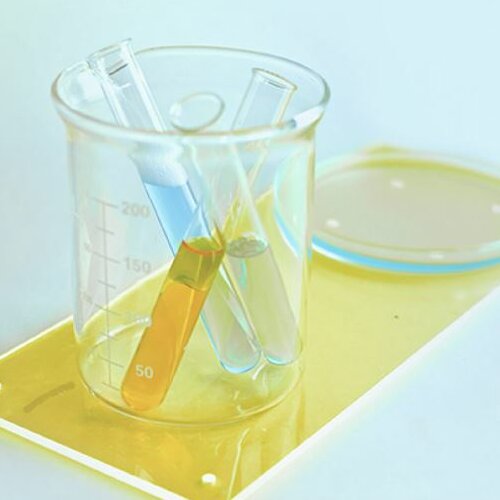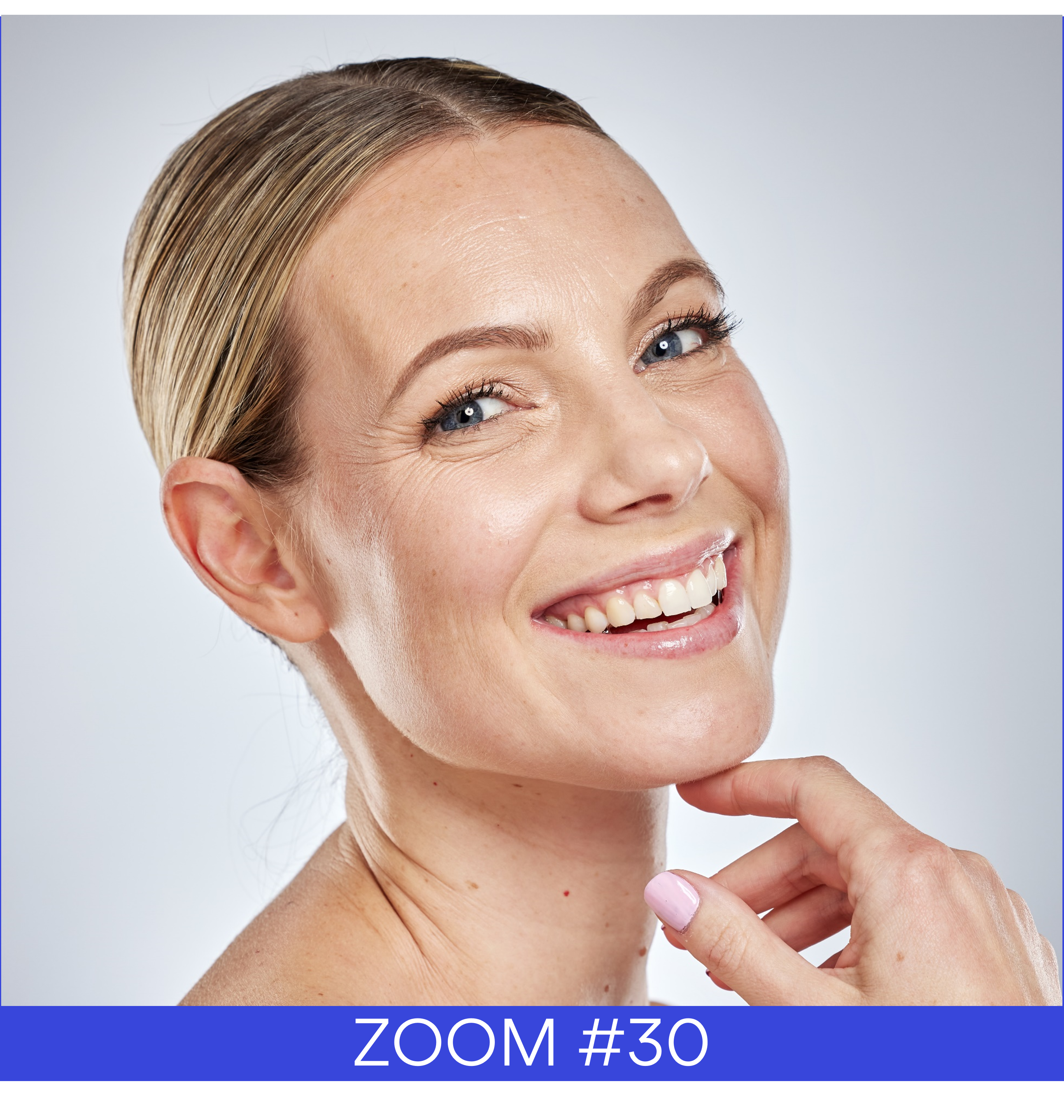It’s slightly ironic that a preservative, meant for enduring stability, could find itself in shaky territory. But alas, after parabens and palm oil, phenoxyethanol is the next p-ingredient under scrutiny.
Introduced in the 1950s, this clear liquid with a faint rose odor is used in everything from personal care to certain laundry detergents. It occurs naturally in green tea and chicory, but the lab-created version is a pH-balanced concoction of phenol and ethylene oxide, mixed in an alkaline medium. A 2017 study of personal care products found that 23.9% contained the ingredient. It’s listed in the Handbook of Green Chemicals, albeit a 2004 publication.
However, not all enterprises feel the same way. EWG gave it a 2-4 rating, putting it in the low-to-moderate hazard category. There have been reports of allergic reactions, irritation, and infant oral exposure proving particularly risky, with a warning issued for Mommy’s Bliss Nipple Cream. Beauty Heroes banned the use of the ingredient from the get-go. “It’s an ethoxylated ingredient, which means it goes through a chemical process that potentially could result in traces of 1.4 dioxane, a carcinogen, being present in it, so it’s a no-go for us. Also, phenoxyethanol is restricted in Japan and the EU for its use in cosmetics, which made it a clear ingredient we would avoid,“ the retailer’s founder, Jeannie Jarnot, tells Well Insiders. Clean beauty retailer Follain also followed suit. Sephora’s Clean + Planet Positive initiative restricts the use of the ingredient to 1% or less of the total formula (the same as used in EU formulations). “Increasing consumer desire for natural and organic products is being driven by several factors including a heightened focus on health and hygiene as a result of the Covid-19 pandemic, an increased awareness of how product choices can impact the health of the environment, and tremendous advancements in the industry, so that consumers no longer must compromise on product performance or texture when choosing to go natural,” Monica Advani, Senior R&D Scientist at Cleanyst, and Reaghan Roche, Product Marketing Manager at Cleanyst, tell BeautyMatter.
CARLA SEIPP – NOVEMBER 12, 2021









 Follow us on Linkedin!
Follow us on Linkedin!